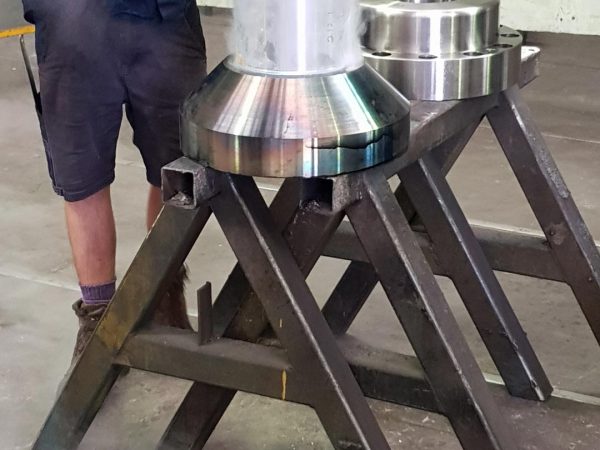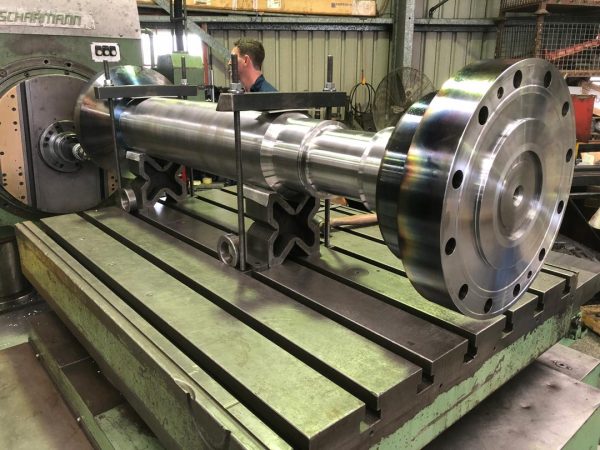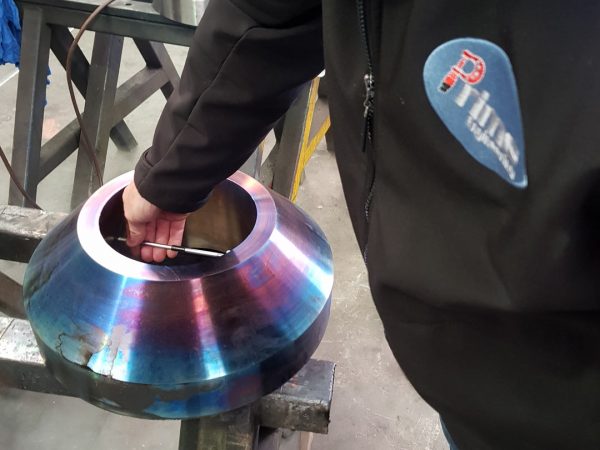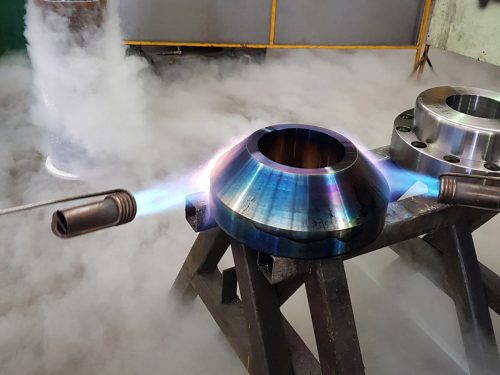
OUR EXPERIENCE
Designing and Manufacturing a Motor Replacement Dummy Shaft in the Nick of Time!
Prime was called upon to design and manufacture a motor replacement dummy shaft in a very strict time frame. We set out to achieve the challenge of working quickly, yet thoroughly.
The Challenge:
Our client was in charge of servicing a series of electric motors that were mounted inline. The catch was that they could only service each motor individually in turn. They had to keep the rest of the motors running, as the entire line could not be shut down for the time it would take to service just one. This would be far too costly, with a drastic loss in revenue for their customer. The only option was to fashion a replacement motor shaft to stand in for the one that needed to be removed and serviced.
So in light of these requirements, our client contacted us to design and create a dummy shaft that would be a replacement for the motor. This way, the rest of the motors connected inline could continue running as usual while our client serviced the problem motor externally.
The main challenge in this job was the fact that no drawings were available of the original rotor shaft. This meant that we had to wait until the motor that needed servicing was removed so that we could measure it. We had to manufacture the dummy replacement shaft in the shortest time possible to reduce our client’s customers’ downtime.
So we got to work quick smart!
The Results:
A functional motor replacement shaft, drafted, surveyed and manufactured in record time! The replacement motor was positioned in the line so that our client could service the actual motor without affecting the operations of their customer’s business.
Want to see how we’ve assisted other clients to solve problems with their machinery? Check out our other case studies!



















